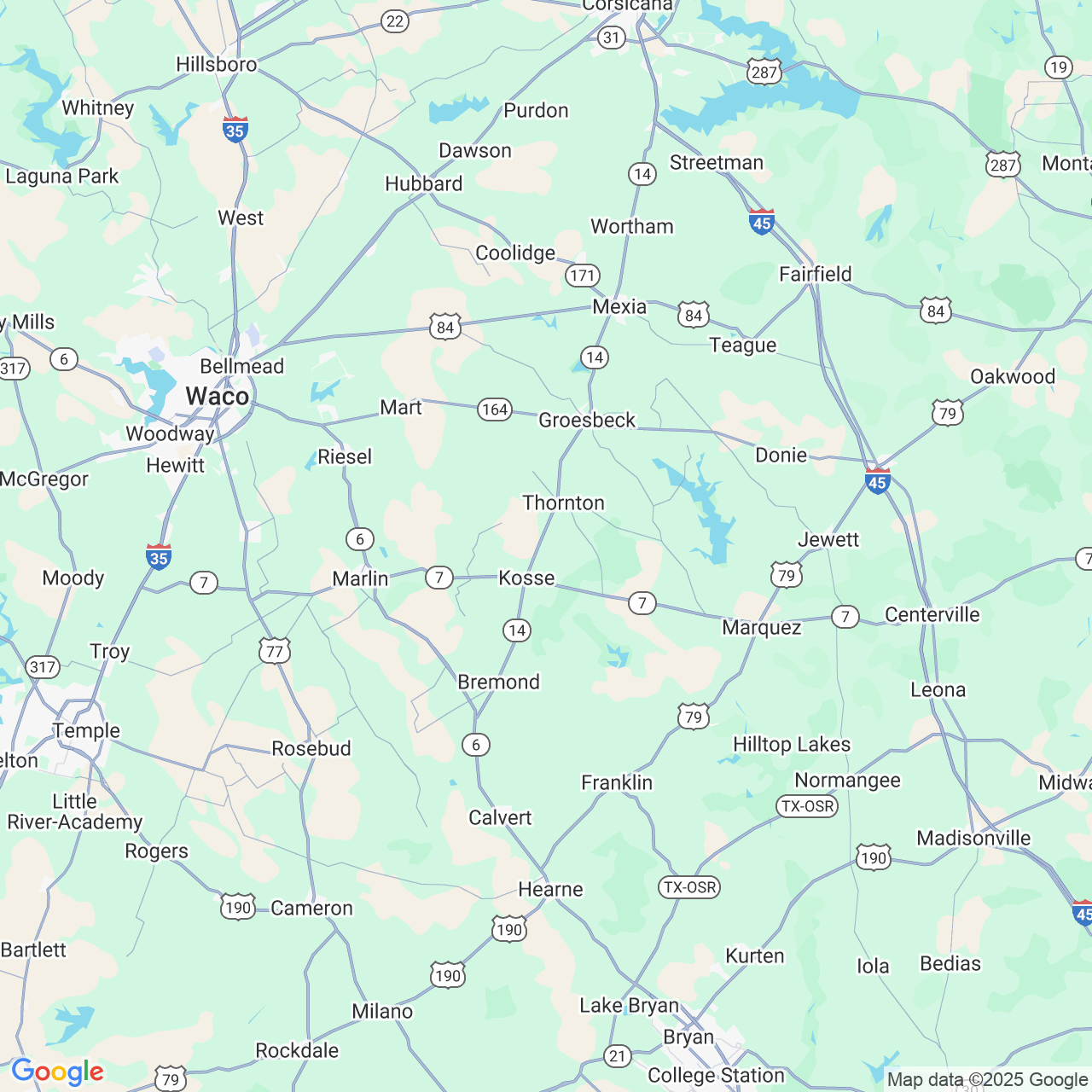Artistic Hair Restoration Facts: What You Should Know about Megasession Hair Transplants
 The term “megasession” in hair restoration refers to a single hair transplant procedure in which a large number of hair follicles are extracted and transplanted. What “large” means has been an upward moving target.
The term “megasession” in hair restoration refers to a single hair transplant procedure in which a large number of hair follicles are extracted and transplanted. What “large” means has been an upward moving target.
Today, most hair restoration practices somewhat arbitrarily set the cutoff between a smaller hair transplant session and a megasession hair transplant at 3,000 follicular units transplanted. However, with each passing day, hair transplant techniques and technologies advance to improve donor yields and improve hair restoration patient results. These advancements have made a 3,000 unit transplant fairly routine for highly skilled and capable hair restoration practices such as Arocha Hair Restoration. In fact, we are seeing more patients than ever for whom a single megasession of 5,000 to 6,000 follicular units is appropriate.
The biggest appeal of a megassession hair transplant is primarily that it requires just a single surgery and considerably less time overall to achieve a dramatic result. When performed by experienced hair transplant surgeons with well trained technicians, a megasession is safe and can produce amazing results. A single megasession can also be affordable. Such sessions are more efficient for the practice to perform, so the cost per follicular unit transplanted may be lower.
Those who do not focus on hair restoration or are new to the subject may wonder how a megasession is possible. It takes years of experience and many hundreds of hair loss patients to attain the necessary expertise to perform megasession hair restoration.
The first step is to determine who qualifies for a megasession. This requires a little bit of math and a close assessment of the scalp. Almost everyone has enough donor supply to have a smaller hair transplant session, but the more hair a patient needs, the fewer hair follicles that patient has available for transplant.
For example, the average Caucasian individual is born with 50,000 follicular units on the scalp. The average density is 100 follicular units per centimeter squared. An individual with advanced hair loss, Norwood 6 or 7, usually has on average about 300 centimeter squared of bald scalp. To restore this individual to his original density would require about 30,000 follicular units (300x100).
Unfortunately, if you do the math, you’ll see that if you started with 50,000 follicular units and 30,000 fell out, there are only 20,000 follicular units remaining. The good news is that it is not necessary for an artistic hair transplant to achieve the original density of 100 follicular units per centimeter squared. The human eye can’t really detect thinning below 50 follicular units per centimeter squared. Therefore, a 5,000 follicular unit megasession can create a natural, undetectable appearance over an area of from the hairline to the mid-scalp area. To cover that Norwood 6 or 7 might require multiple megasessions and sufficient scalp elasticity to extract donor follicles without leaving a noticeable scar.
Another variable in achieving positive results through megasessions is getting the greatest yield possible from the donor area. As described in the example above, there is very little room for error – every single follicle is priceless. While no physician can magically generate more donor follicles, Arocha Hair Restoration is among the skilled and experienced practices that have embraced advanced techniques to increase donor yields. We use binocular microscopy to sliver and trim the follicular units, which can significantly improve donor yields by an average of approximately 25 percent.
This is a complex and highly specialized process. Our practice has a sizable staff of highly experienced medical technicians who are experts in yielding the maximum number of grafts from a patient during a single hair transplant session.
In conclusion, it is important to acknowledge that Rome was not built in a day. Achieving natural, undetectable hair restoration results can’t be rushed. But it is nice to have the option to minimize the need for multiple procedures, while maximizing dramatic patient hair restoration outcomes.
As in any surgical procedure, the real decision is in picking the right doctor and the right practice. Review before and after photos illustrating the results they have achieved. Meet with them to discuss their experience and philosophies. Get a feeling for how they would approach your hair restoration needs and review the online review sites to see what the patient community says about them.
Ultimately, we have never heard anyone complain about getting too much hair. Therefore, anticipating that hair loss evolves over time and more follicles are likely to shrink and fall out in the years to come, it is usually best to do the largest session a patient can afford. With favorable hair characteristics and reasonable patient expectations, we can achieve excellent results in as little as one to two procedures.



